Unwanted condensation can cause the building damage and also affect human health. In Hong Kong, condensation is a common problem which almost every single owner has to deal with. Temperature difference and high humidity are the main causes lead to condensation occurs.
Condensation is created when warm moist air begins to cool down and the moisture is released. This moisture then settles on cold surfaces making them damp. This can happen quickly when warm moisture in the air connects with cold air or surfaces, such as having a shower and the steam from the shower hits the cold window or mirror making it wet to touch, this is condensation.
Source: https://www.falkirk.gov.uk/services/homes-property/council-housing/repairs-maintenance/docs/condensation/Condensation%20in%20your%20home.pdf?v=201910291603#:~:text=Condensation%20is%20created%20when%20warm,and%20the%20moisture%20is%20released.&text=This%20can%20happen%20quickly%20when,to%20touch%2C%20this%20is%20condensation.
Information from Hong Kong Observatory
March and April are milder although there are occasional spells of high humidity. Fog and drizzle can be particularly troublesome on high ground which is exposed to the southeast, and air traffic and ferry services are occasionally disrupted because of reduced visibility. May to August are hot and humid with occasional showers and thunderstorms, particularly during the mornings. Afternoon temperatures often exceed 31 Degree C whereas at night, temperatures generally remain around 26 Degree C with high humidity. There is usually a fine dry spell in July which may possibly last for one to two weeks, or for even longer in some years.
Source: https://www.hko.gov.hk/en/cis/climahk.htm

On average, May is the most humid.
On average, December is the least humid month.
The average annual percentage of humidity is: 77.0%
Source: https://weather-and-climate.com/average-monthly-Humidity-perc,Hong-Kong,Hong-Kong
Due to such high temperature and high humidity environment in Hong Kong, condensation will be easily occurs if lack of consideration in daily operation and usage of room. GBE has deal with many condensation cases caused by lack of communication in design stage and also in wrong material selection. With an detailed study and planning before design stage which can help in material selection and insulation. Also, the heat source from outside the unit or building will be needed to consider through out the design process.
Negative pressure in building which may cause a big effect of condensation as the hot air from outside collide with the cold air within the building. Many people deal with condensation problem with balancing the temperature and humidity difference between indoor air with outdoor air by ventilation. However, such measure is not practical when outside air is in high humidity which the ventilation system is not sufficient for get away the moisture within the area as the high humidity air will get through the window to indoor by negative pressure.
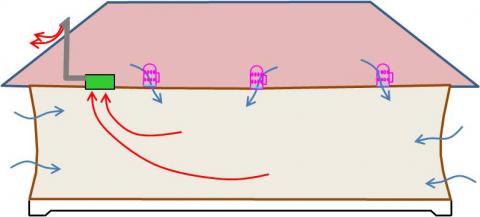
Source: https://basc.pnnl.gov/sites/default/files/images/HVAC515_whlbldgvent4_DS_1-10-13.jpg
The above image show that the exhaust-only ventilation only system may cause negative pressure which can easily made the outdoor air to the building or unit. In below example, a cold storage with 24 hours A/C control store room which was found with condensation problem with hot air getting through from outdoor air by negative pressure. The owner has installed a few dehumidifiers which were not sufficient to get rid of the moisture as the hot air from outdoor is non-stoppable. In such case, the high cost in electricity usage and also high maintenance cost may affect the owner in daily operation. GBE has studied and apply the insulation to stop the hot air to get in from the electrical cable duct and also can save the cost for running the dehumidifiers and prevent the rusting effect at the electrical cable duct.
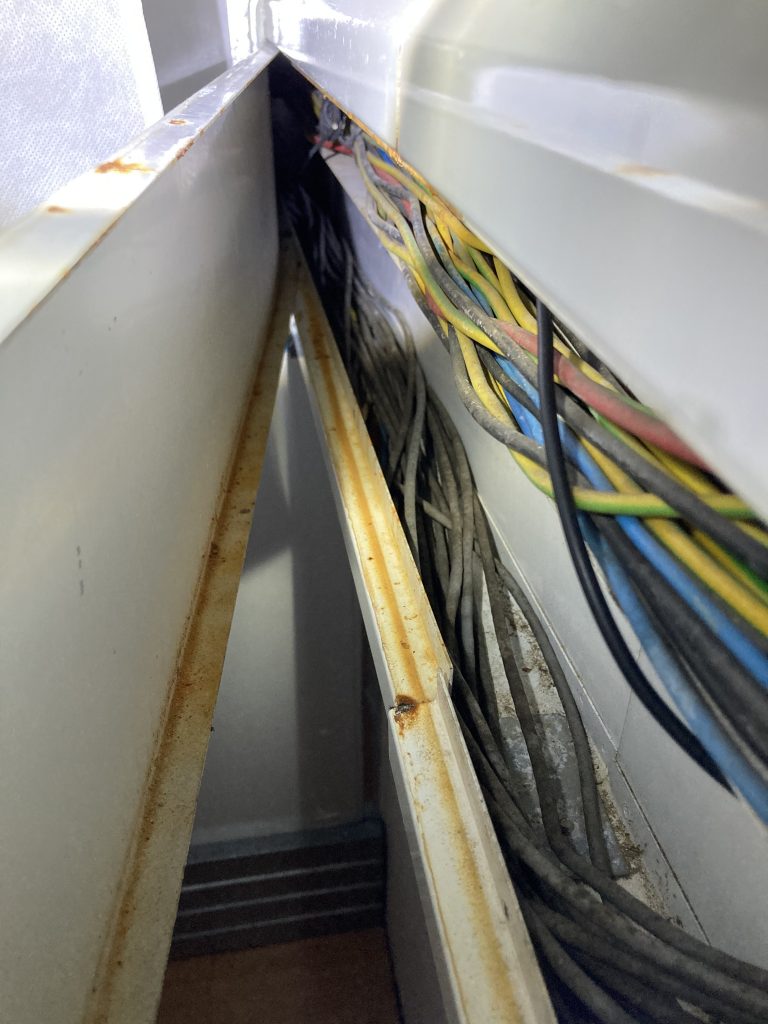
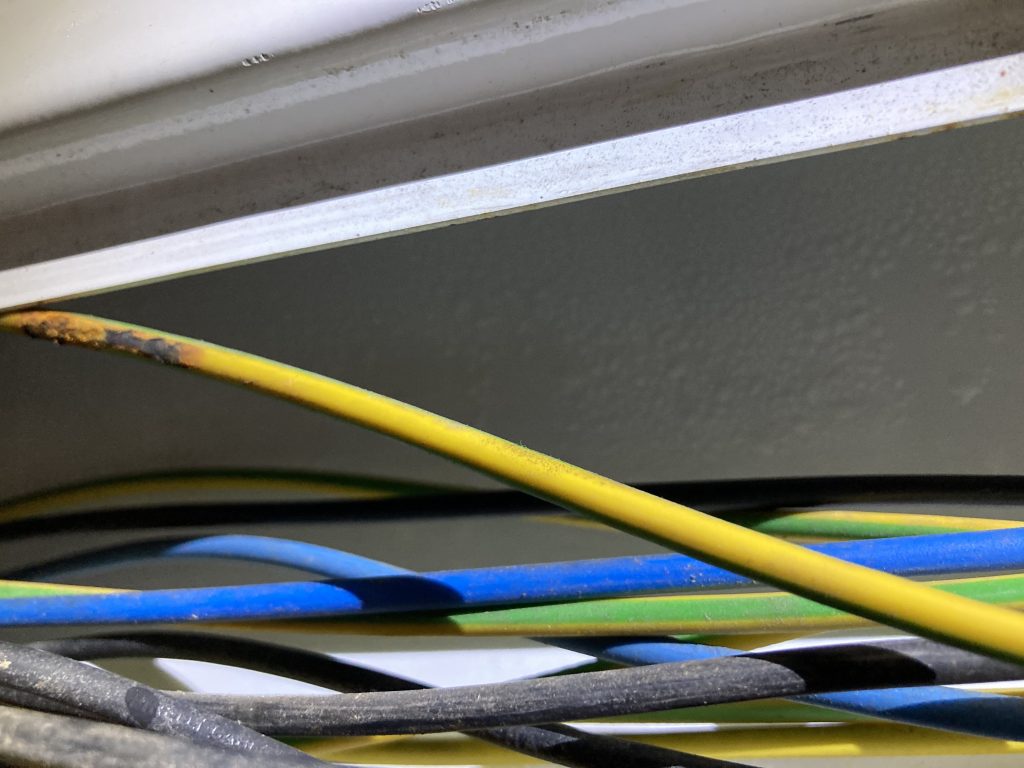
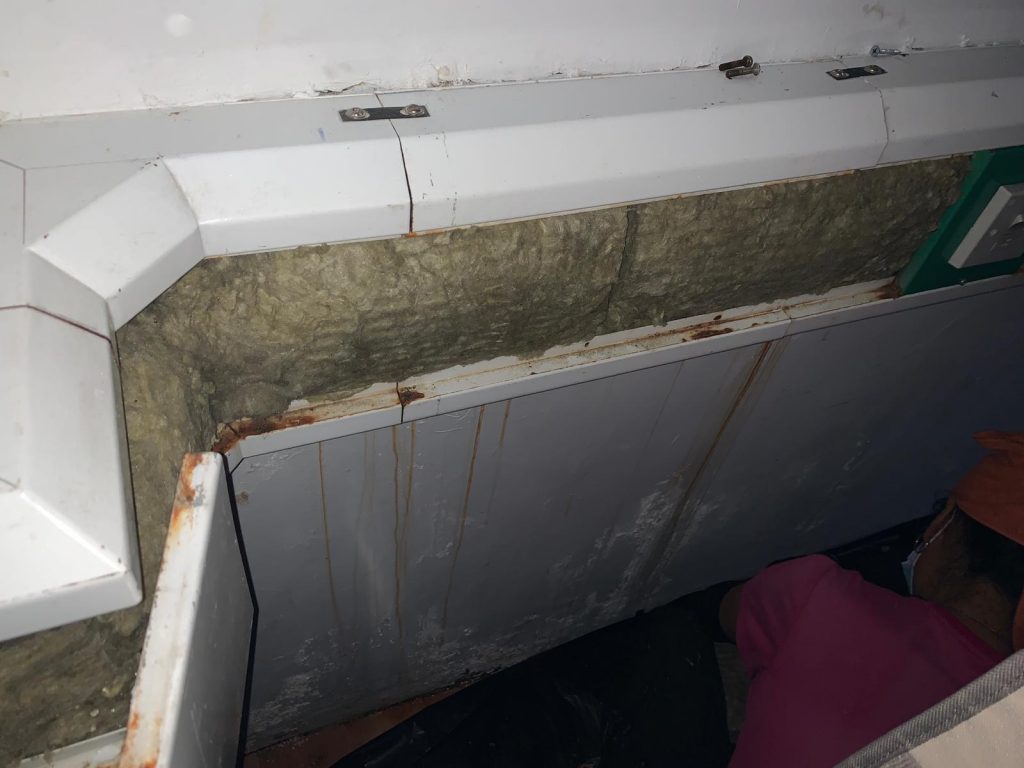
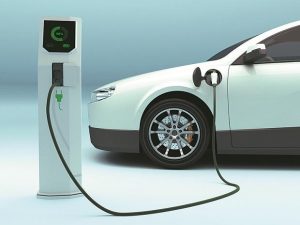
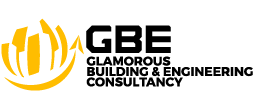
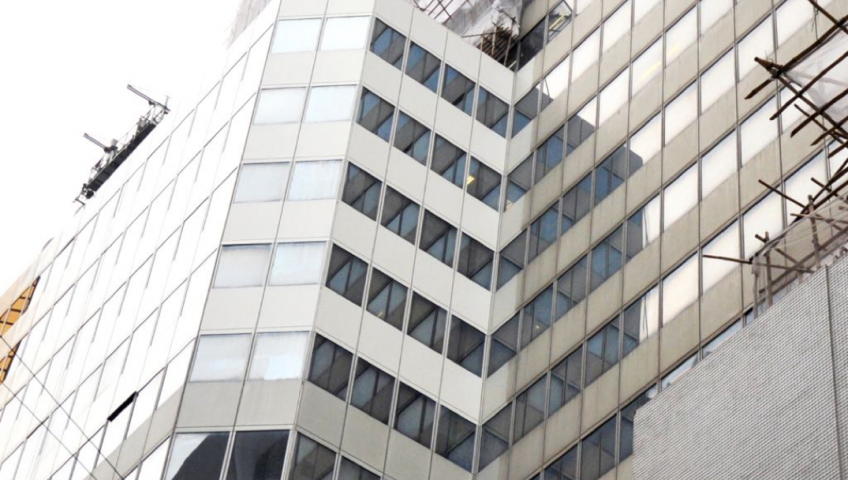

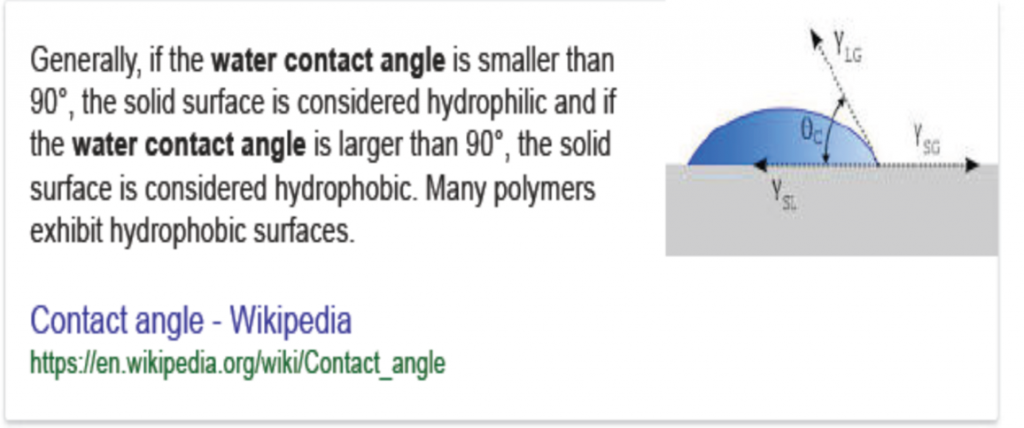
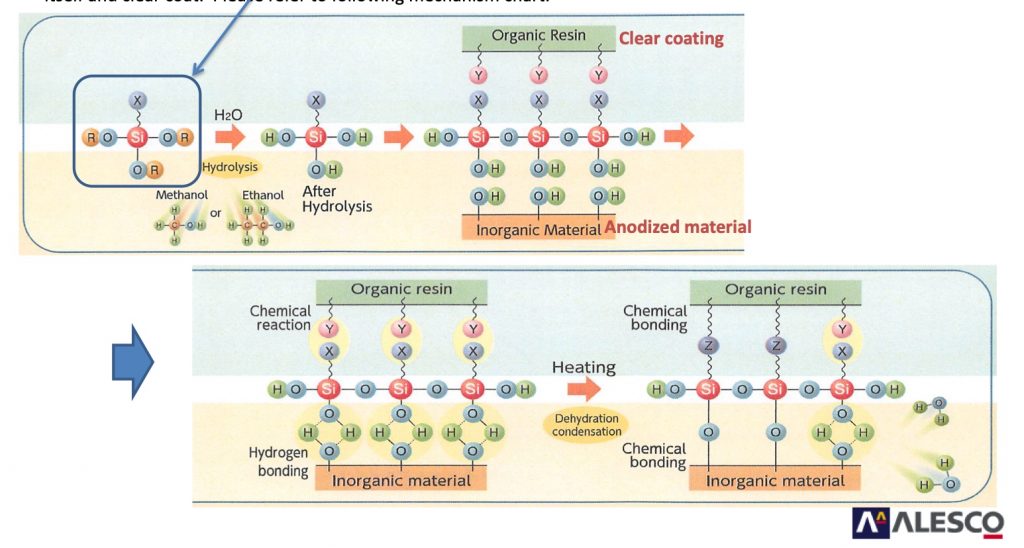
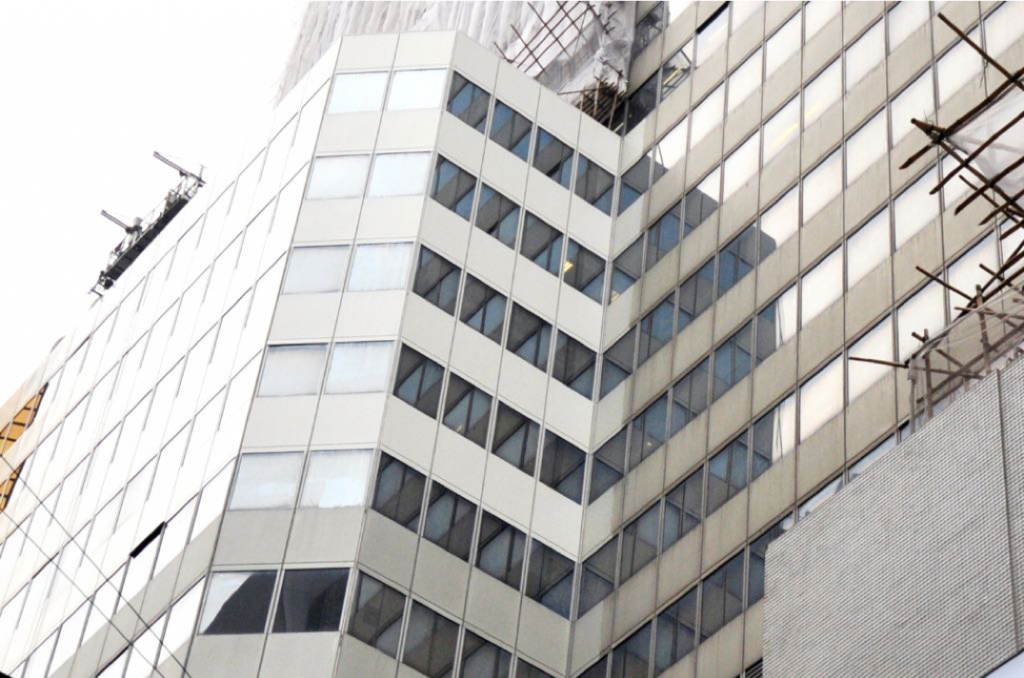



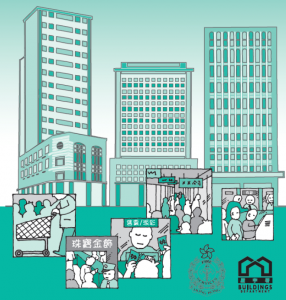
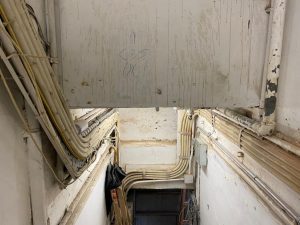

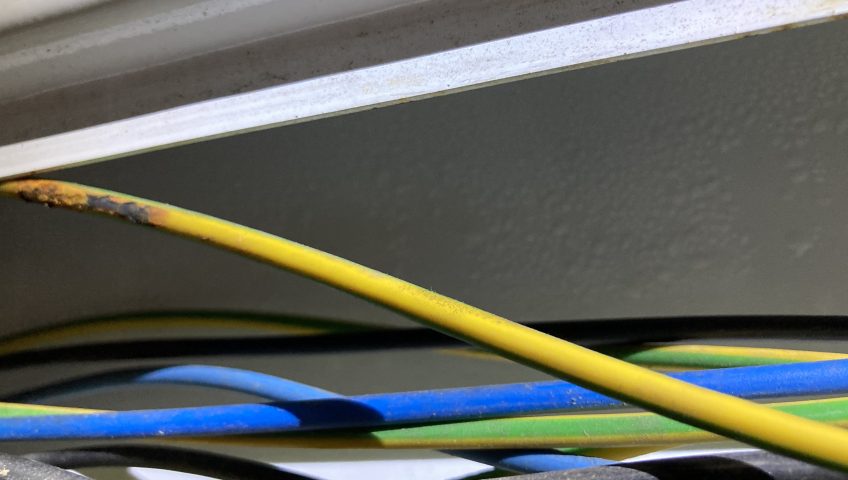









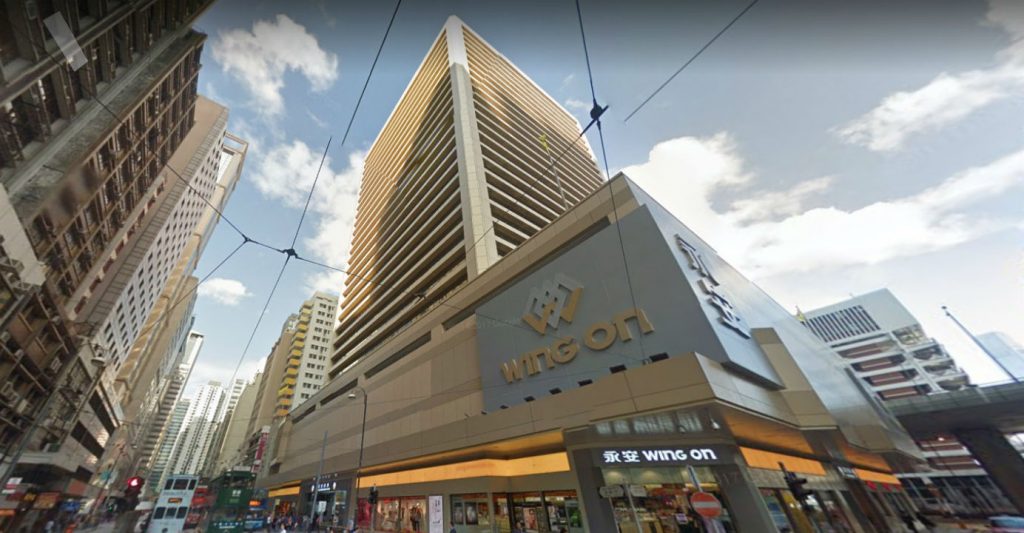 Photo : Wing On building in Sheung Wan was reported to have cladded with non-combustible cladding. Source from ejinsight on the pulse ( http://www.ejinsight.com)
Photo : Wing On building in Sheung Wan was reported to have cladded with non-combustible cladding. Source from ejinsight on the pulse ( http://www.ejinsight.com)


Recent Comments